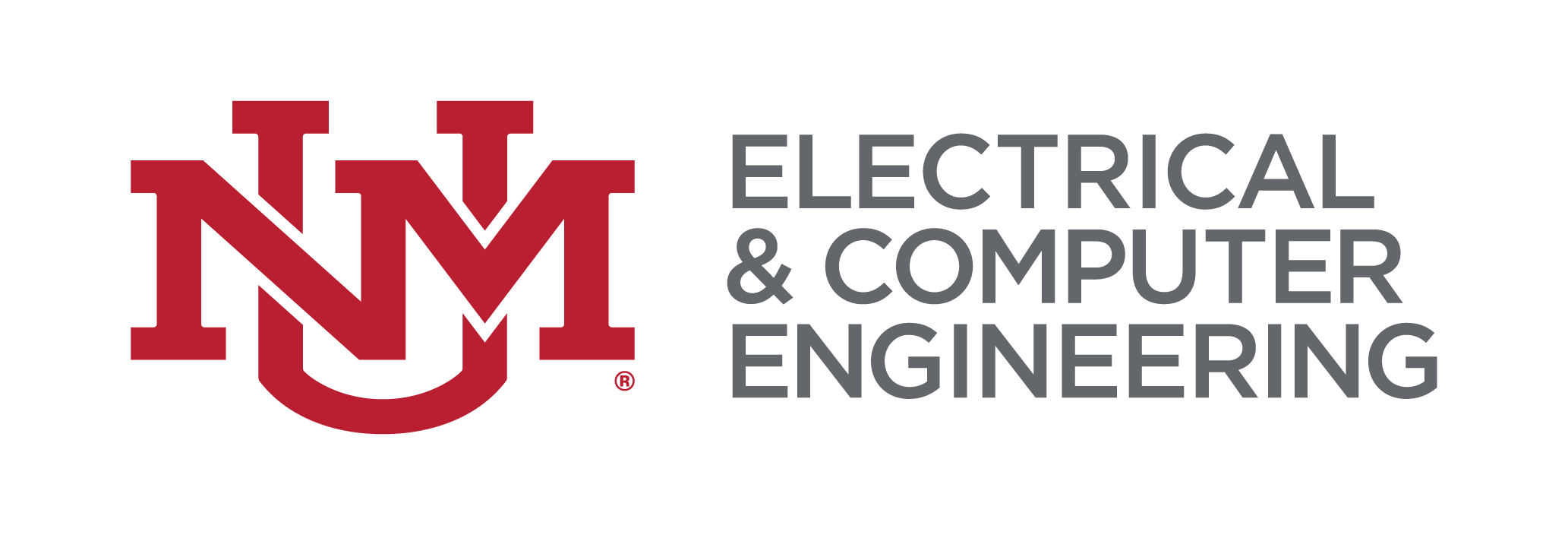Recent News
November 7 seminar: Bradley Ratliff
November 5, 2025
October 31 seminar: Adarsh Venkataramani
October 29, 2025
October 24 seminar: Jon Loftin
October 21, 2025
UNM professor Milad Marvian receives DOE Early Career Research Award
October 17, 2025
News Archives
Plasmonics Team Shares New COVID Tool
August 15, 2021

ECE Asst Prof Viktoriia Babicheva and her graduate student Vahid Karimi have developed a simulation tool that calculates the enhancement of light in the proximity to nanoparticles. Their research area is called "Plasmonics," which may soon may become a widespread technology.
Plasmonics is a new active field of science and technology that exploits the unique optical properties of metallic nanostructures and their application in manipulating light at nanometre scales. It offers unique optical capabilities as well as opportunities to bring together optical and electronic functions in nanostructures.
"During the last few years, there has been significant improvement in disease diagnosis by optical biosensors," said Babicheva.
Recently, COVID-19 has been successfully detected by plasmonic-based biosensors. Specific sensing based on plasmonic platforms has been shown to have distinct features that make them well-suited for different applications.
Plasmonic biosensors allow label-free, non-destructive sensing, and nanoparticle-based plasmonic biosensors allow a broad range of antibody binding. Some plasmonic biosensors exhibit a high sensitivity toward the selected SARS-CoV-2 sequences with a lower detection limit and allow a precise detection of the specific target in a multigene mixture.
"The useful properties of plasmonic nanostructures rely on the strong enhancement of light on the metal surface," Babicheva explained.
Dr. Babicheva and her graduate student Vahid Karimi have developed a simulation tool that calculates the enhancement of light in the proximity to nanoparticles.
The tool called "Mie Calculations of Single Nanosphere Cross-Sections" calculates absorption, scattering, and extinction cross-sections for an isolated nanoparticle in an ambient environment.
The calculations are based on well-established Mie theory, but the team makes the tool widely accessible through nanoHUB.org platform. It is an NSF-funded portal based on community contribution and geared toward education, professional networking, and interactive simulation tools for nanotechnology.
Calculations performed with the tool gain insight into the enhancement of light at the nanoparticle and its applicability in nucleic acid tests and viral disease diagnosis.
The simulation tool is freely available at https://nanohub.org/resources/extcs
Dr. Babicheva and Vahid Karimi's efforts have been supported in part by UNM Research Allocations Committee through the award RAC2022 "Machine Learning Design for Laser Devices".
Here's a brief introduction to Dr. Babicheva and her research:
And here's a more in-depth look by Vahid in his tutorial:
